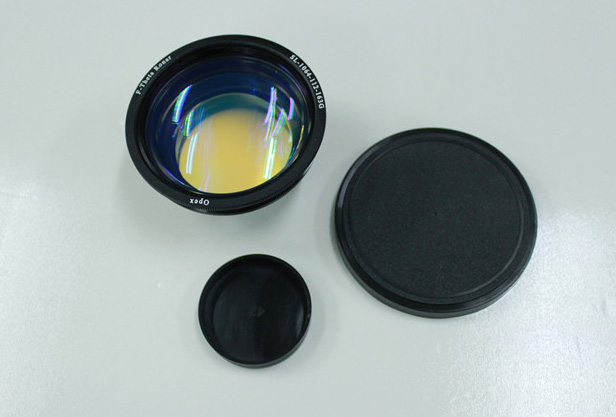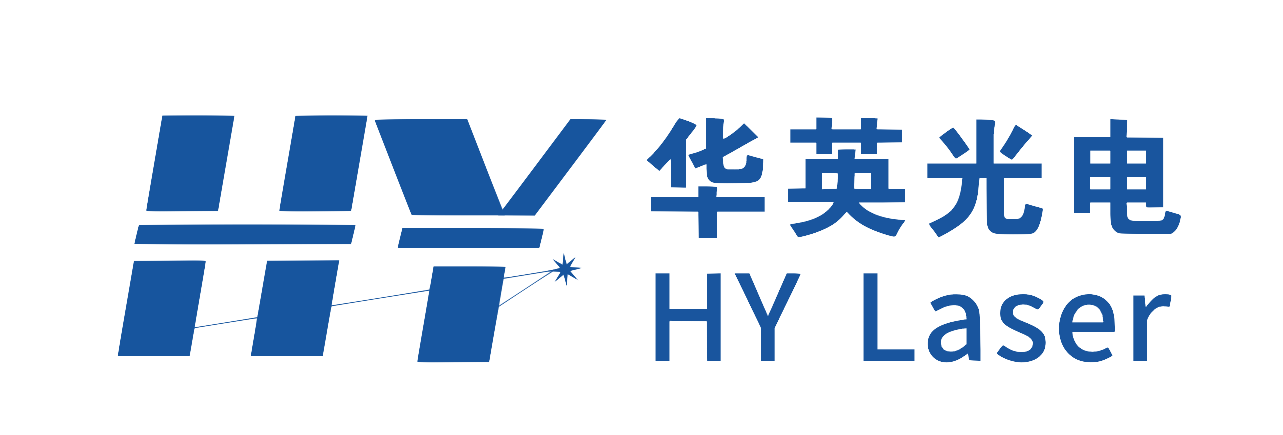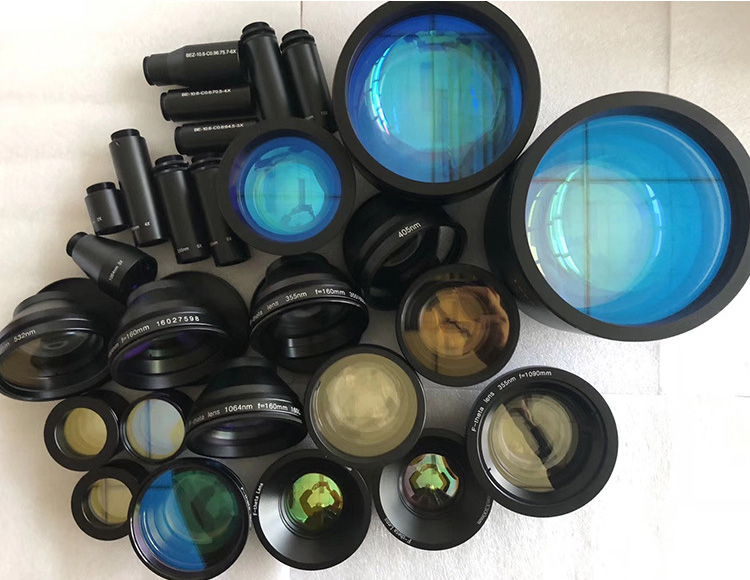A lens that works near the focal plane of the objective lens and can effectively reduce the size of the detector is called a field lens.
To be exact, the field lens should work in the image plane of the objective lens. On the one hand, the object plane of the field mirror coincides with the main plane. According to the characteristics of the main plane, its magnification is 1, so it has no contribution to the magnification of the system; On the other hand, the field lens should project the aperture surface of the objective lens on the entrance pupil of the eyepiece. For a single lens, the aperture surface is the exit pupil, which can ensure that the outgoing light of the objective lens can pass through the eyepiece to the greatest extent. If used in a scanning system, the detector replaces the entry pupil of the eyepiece.
Flat field focusing lens, also known as field lens and f-theta focusing lens, is a professional lens system, which aims to form a uniform focusing spot in the whole marking plane. It is one of the important accessories of laser marking machine.

The main functions of laser field mirror of laser marking machine are:
1. Improve the ability of edge beam incident on the detector;
2. The non-uniform illumination on the photosensitive surface of the detector can be homogenized;
3. In the same main optical system, the additional laser field mirror will reduce the area of the detector; If the same detector area is used, the field of view can be expanded and the incident flux can be increased;
When selecting field mirror, the main technical parameters considered are working wavelength, incident pupil, scanning range and focusing spot diameter.
Working wavelength:It mainly depends on the wavelength of the laser. The field is coated at a given laser wavelength. If the field mirror is not used within the given wavelength range, the field mirror will be burned by the laser.
Incident pupil:If a single mirror is used, the mirror is placed at the entrance pupil, and the diameter of the maximum available beam is equal to the diameter of the entrance pupil.
Scan range:The larger the field mirror can scan, of course, the more popular it is with users. However, if the scanning range is increased, the focus point becomes larger and the distortion also increases. In addition, if the scanning range is increased, the focal length and working distance of the field mirror should also be increased. The lengthening of working distance will inevitably lead to the loss of laser energy. In addition, the focused spot diameter is directly proportional to the focal length, which means that the scanning range is increased, the focused spot diameter is increased, the spot is not fine enough, and the laser power density decreases very fast (the power density is inversely proportional to the second power of the spot diameter), which is not conducive to processing. Therefore, users should select the most suitable field mirror according to different processing areas, or reserve several field mirrors with different scanning ranges.
Focus spot diameter:For the scanning system with incident laser beam diameter D, field mirror focal length f and beam quality factor Q, the focusing spot diameter d = 13.5qf/d (mm). Therefore, a smaller focusing spot can be obtained by using a beam expander.

.png)
